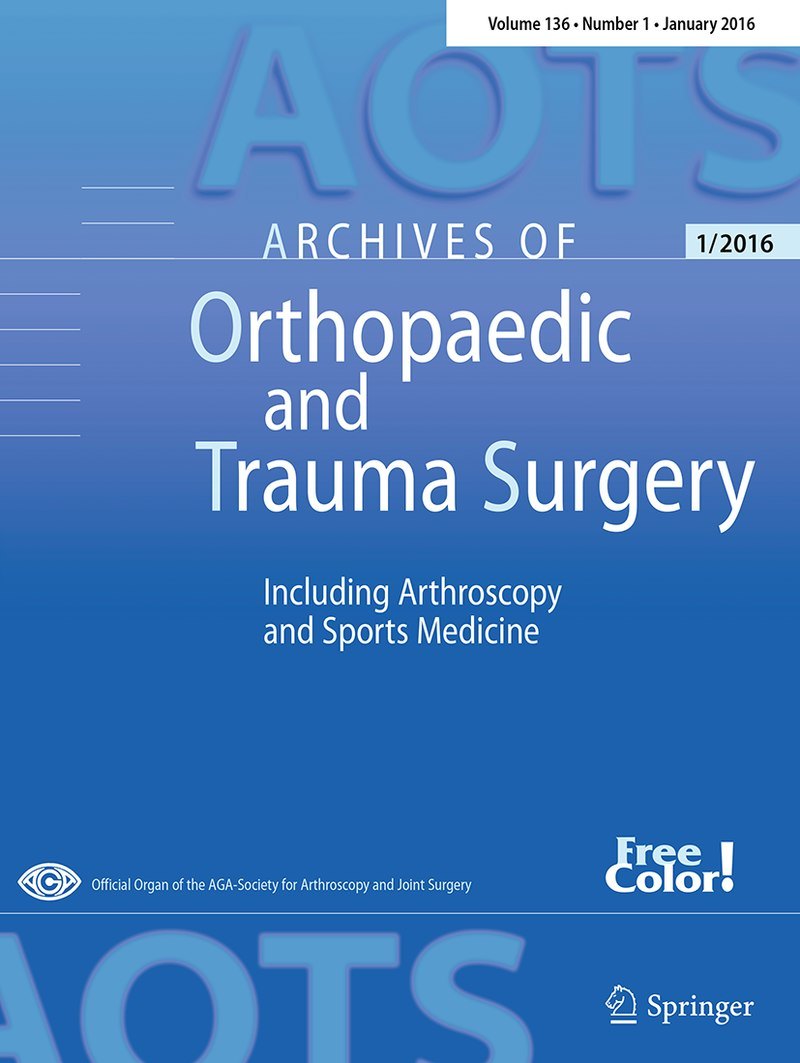
Similar Long-Term Clinical Outcomes with BPTB and QTP Autografts in ACL Reconstruction

Similar Long-Term Clinical Outcomes with BPTB and QTP Autografts in ACL Reconstruction
Quadriceps tendon vs. patellar tendon autograft for ACL reconstruction using a hardware-free press-fit fixation technique: comparable stability, function and return-to-sport level but less donor site morbidity in athletes after 10 years.
Archives of Orthopaedic and Trauma Surgery (2020) 140:1465–1474.Did you know you're eligible to earn 0.5 CME credits for reading this report? Click Here
Synopsis
Sixty athletes with primary anterior cruciate ligament (ACL) tears were randomized to receive an ACL reconstruction with the use of a quadriceps tendon patellar bone (QTB) autograft or a bone patellar tendon bone (BPTB) autograft. Outcomes of interest included the Lysholm knee score, Tegner score, International Knee Documentation Committee (IKDC) score, the KT-1000 arthrometer for knee stability, ...
To view the full content, login to your account,
or start your 30-day FREE Trial today.
FREE TRIAL
LOGIN
Forgot Password?
Explore some of our unlocked ACE Reports below!

Learn about our AI Driven
High Impact Search Feature
Our AI driven High Impact metric calculates the impact an article will have by considering both the publishing journal and the content of the article itself. Built using the latest advances in natural language processing, OE High Impact predicts an article’s future number of citations better than impact factor alone.
Continue



 LOGIN
LOGIN

Join the Conversation
Please Login or Join to leave comments.